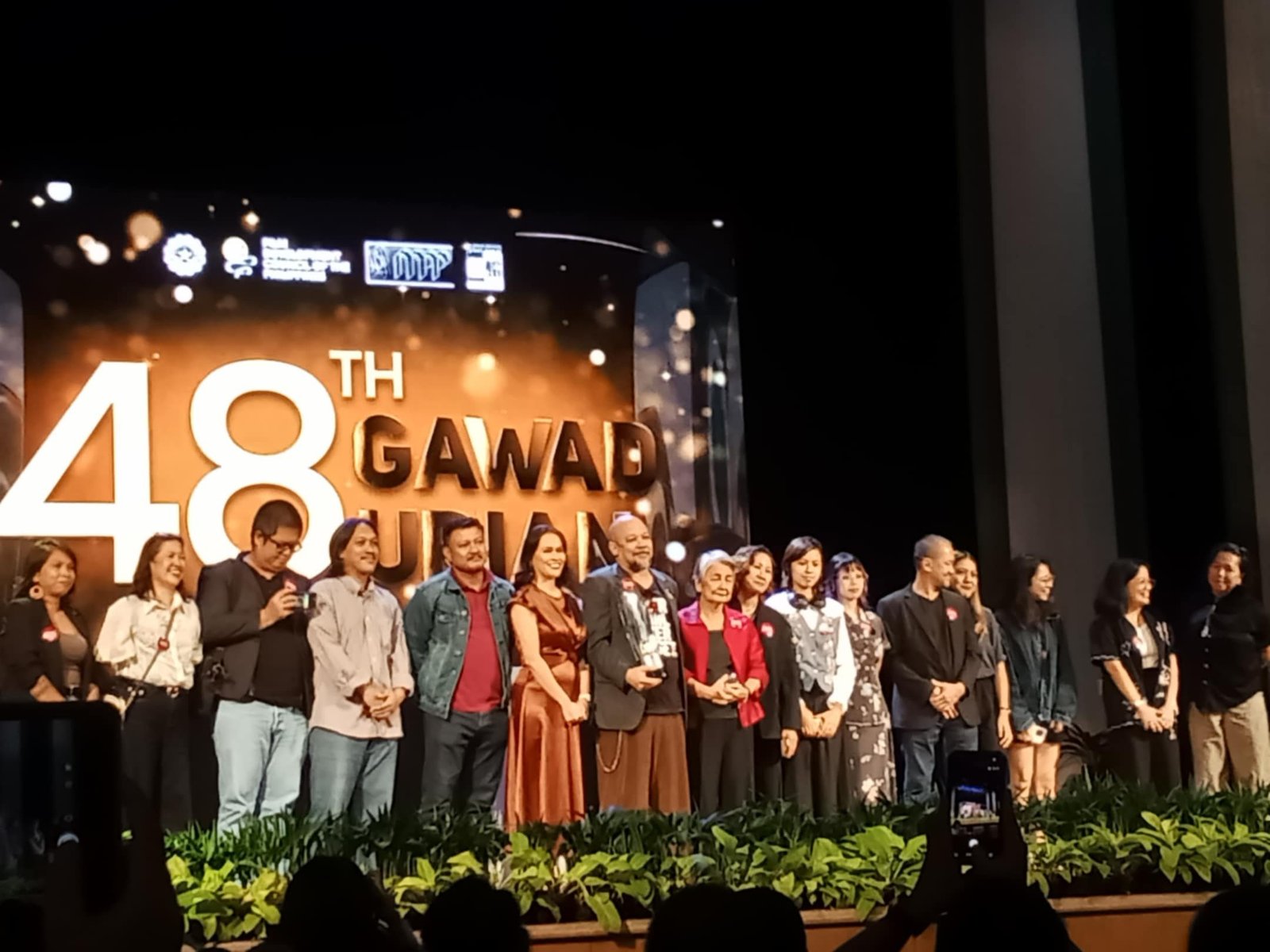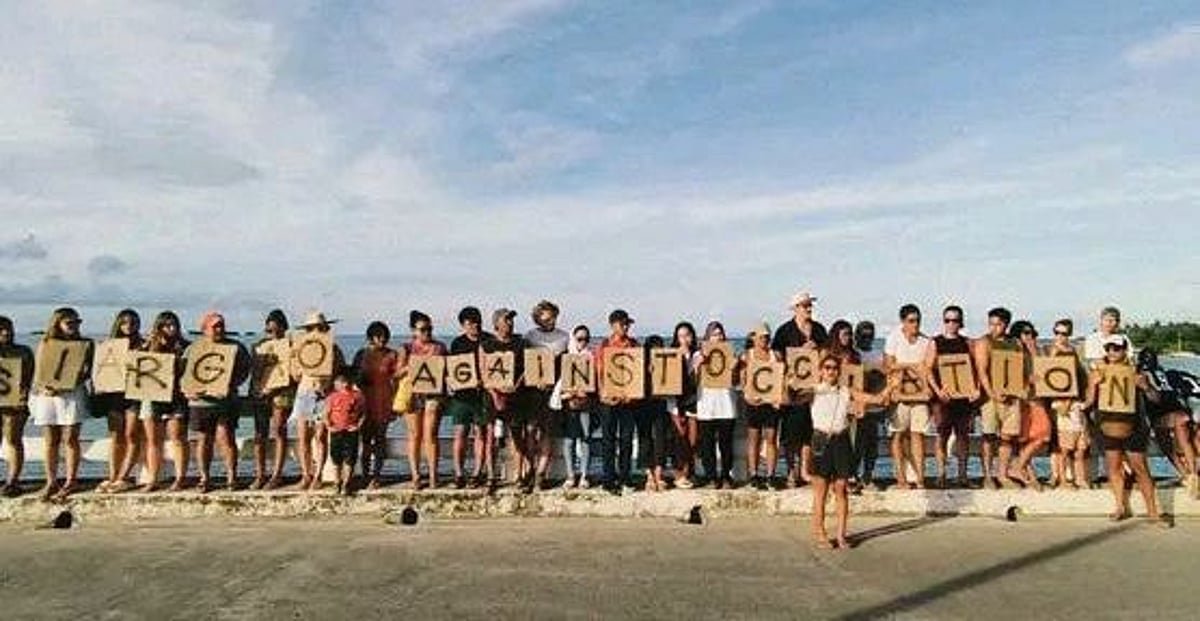In Halakhak, the Filipino’s hearty laugh and playfulness expand boundaries and pave the way for an inclusive future.
A laugh can mean any number of things: happiness, amusement, and even discomfort. But halakhak, the loud and boisterous laughter that comes from deep within the belly, speaks to a distinctly Filipino experience. It captures the urgent need to express what is felt, what the body has to say when the senses take over, and it signals the sudden realization that the world, in all its absurdity, is inexplicably funny.
In her book Halakhak: National Humor in Philippine Popular Cultural Forms, published by UP Press in 2017, Dr. Maria Rhodora G. Ancheta calls attention to the word as a potent force. She believes that Filipino laughter is more than a mark of good nature or a means to cope; it is a sensibility that evolves and engenders national belonging, carrying visions of resistance, reclamation, and hope. In this collection of essays, Ancheta traces the growth of Filipino humor across local media from the 19th to early 21st centuries, seeking to clarify what persists in the country’s taste for comedy.
Taking a scholarly approach to our “joking culture” might sound ironic, but this friction lends itself to the book’s most playful and meaningful insights. Ancheta, who teaches literature at the University of the Philippines Diliman and specializes in humor studies, finds that Filipino audiences have long poked fun at the strangeness of everyday life. Through signature wit and ingenuity, they are quick to comment on the disparate realities we seem to live in, fueling a constant search for stories that resonate.
By examining well-known yet understudied comedic forms across the performing arts, visual arts, and written texts, Halakhak explores how Filipinos use humor for three reasons: to recognize and reflect our positions in difficult realities; to reimagine and re-present these situations by “flipping the script” and making new sense out of nonsense; and to relate with one another and forge a common sense, one that empowers people to rise up together in efforts toward collective change.
Drawing from Rod A. Martin’s 1998 review “Approaches to the sense of humor,” Ancheta suggests that Filipino humor is rooted in incongruity, or the surprise that springs from the gap between what is and what is expected. In the Spanish colonial period, farce and dark comedy were key to the komedya and sarsuwela, as exaggerated violence onstage still reflected the cruelties that Filipinos faced offstage. The pusong or jester-servant, who provided the audience with a running commentary mixed with his inner thoughts, was also laughable because his desire for greatness was incongruent with his low stature.
In theater, the trickster’s purpose was not only to lighten the mood, but to weigh in on the story. By reimagining his lot in life and inserting himself into the narrative, the comic not only represents reality but re-presents it.
In 1954, Rodolfo Vera Quizon went from sidekick to star. Dolphy, the “King of Comedy,” became a household name for his queer portrayals in box-office hits and his role as the Filipino everyman in sitcoms. Through visual gags, physical comedy, parodies, and more, he thrust marginalized characters into worlds that were reluctant or unwilling to center them, endearing himself to Filipino viewers.
Ancheta notes how significant this was after the American colonial period, when the arrival of English solidified the disparity between social classes. “Fractured language” became a site of verbal humor, as seen in the Kenkoy comics where mispronounced words or misread situations led to both hilarity and trouble. The strip’s use of wordplay delighted readers who were negotiating with and creating a hybrid language to call their own. Now, to be kenkoy means being a jokester; someone who, like the character, makes play his identity.
The rest of the book explores recent memory through illustrations of public life from the 1980s onward. Wit and satire came alive in Pugad Baboy, another serialized comic, and in the Pinoy Nga! and Slice of Life cartoons, which followed imagined yet familiar communities, colorful ensembles, and everyday scenes via situational and observational humor. Quips that referenced current events and prestigious figures bridged subtext with the Philippine context, making laughter a form of participation and engagement.
As texting and Internet culture rose, globalization in the country grew, and more Filipino writers found that humor was worth remembering in factual accounts. Through creative nonfiction, a genre burgeoned by the likes of Jessica Zafra and Cristina Pantoja-Hidalgo, writers mined facts for personal truths. Ancheta discusses how, despite being influenced by Western authors, the genre revealed Filipino abilidad or “street smarts” and the opportunity to open conversations about hushed subjects in Philippine society.
By tracing the contours of what Ancheta calls “national humor,” Halakhak highlights the fluidity and resourcefulness of the Filipino, whose hearty laughter and playful spirit can expand the boundaries of what is considered normal, paving the way for an inclusive future.
Amid struggle and scarcity, Ancheta demonstrates how humor invites possibility and discovery. Being funny is found in the creative strategies through which people wise up, and not just the delimiting act of “punching down.” With tact and care, this collection frames the comeback as a matter of coming back from challenges together, stumbling upon strength in the strangest of ways. Here, Filipinos excel in getting loud and being heard, as comedy isn’t just an extraordinary source of power, but a source of pride.












